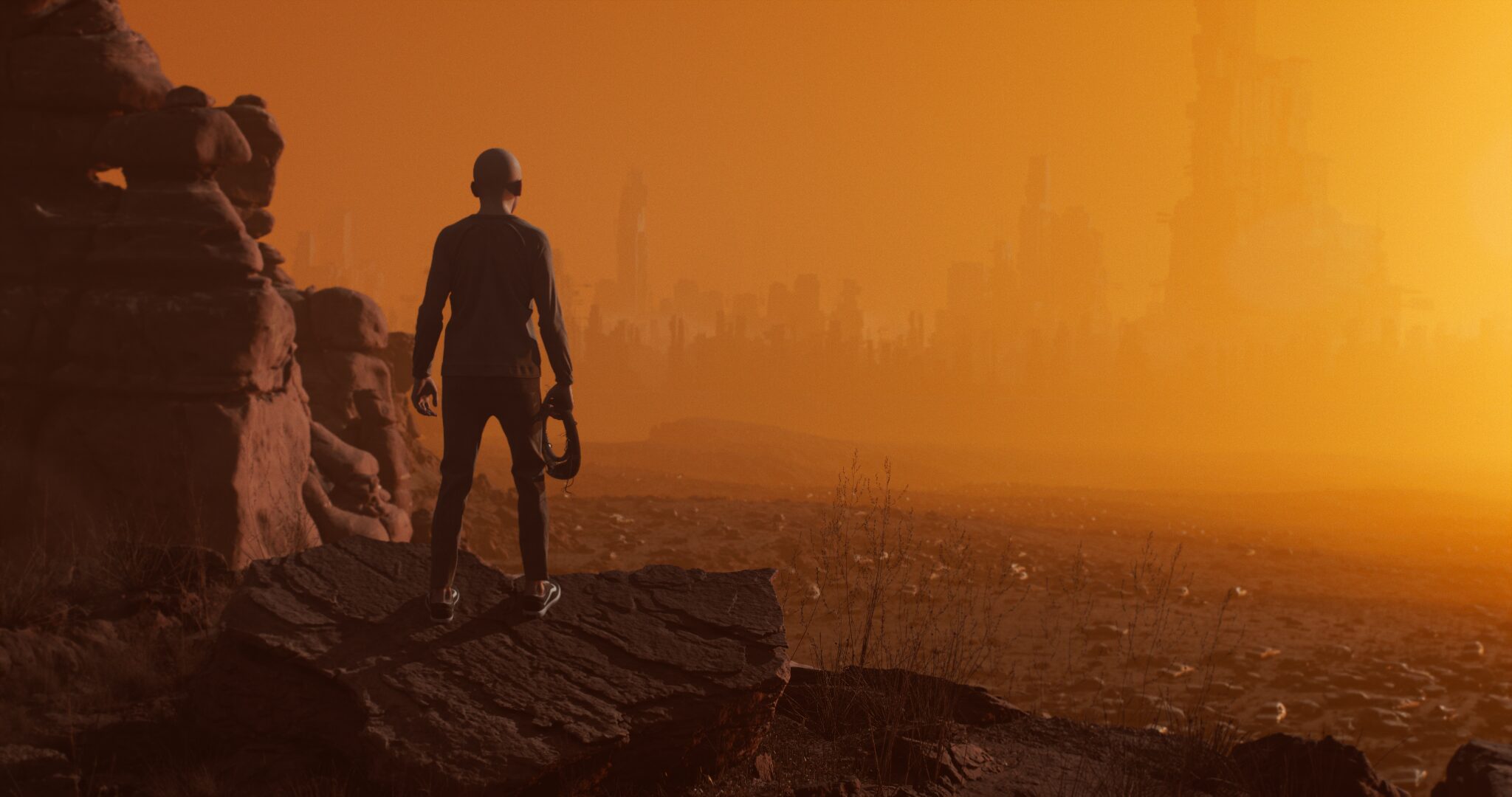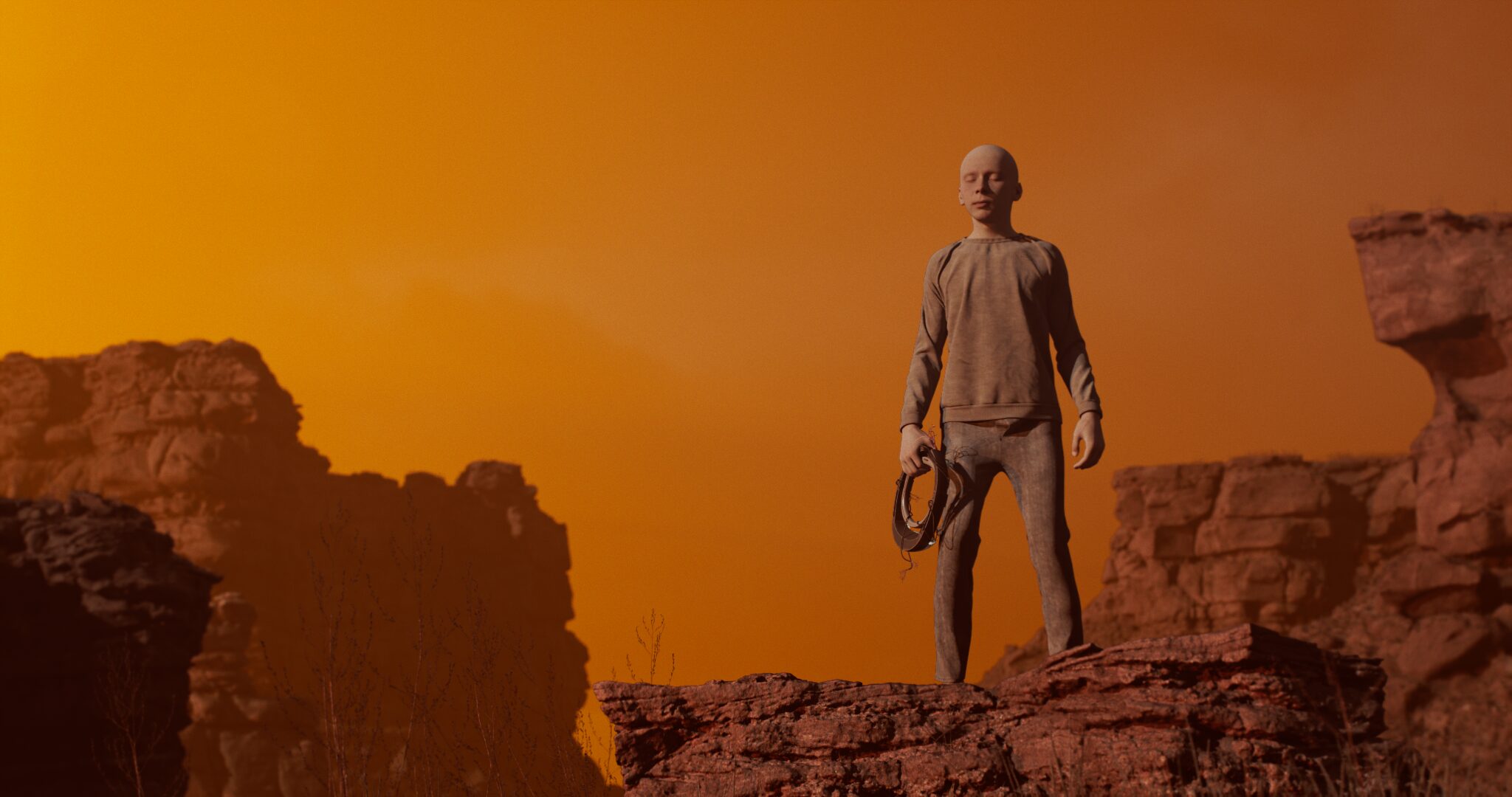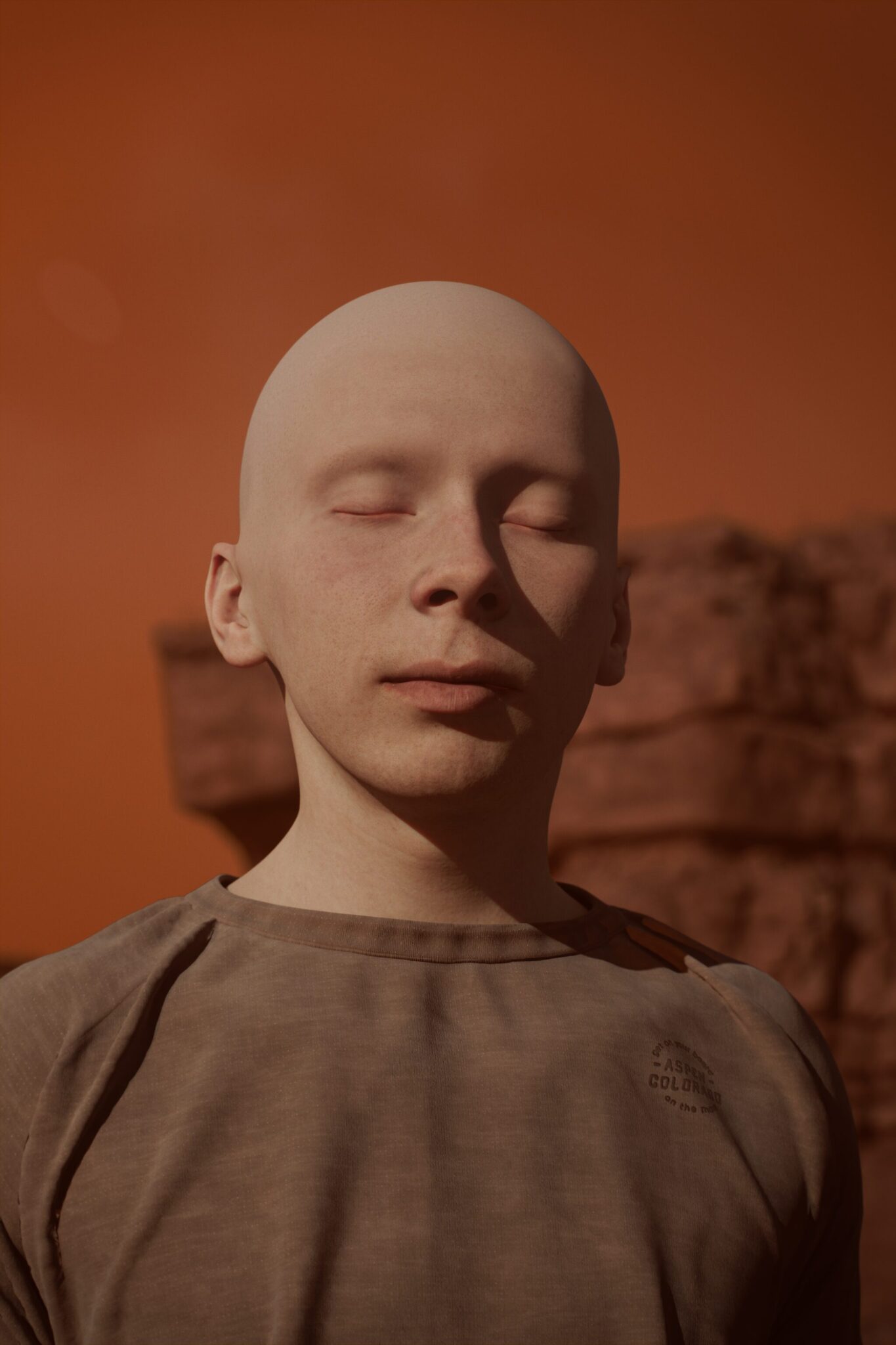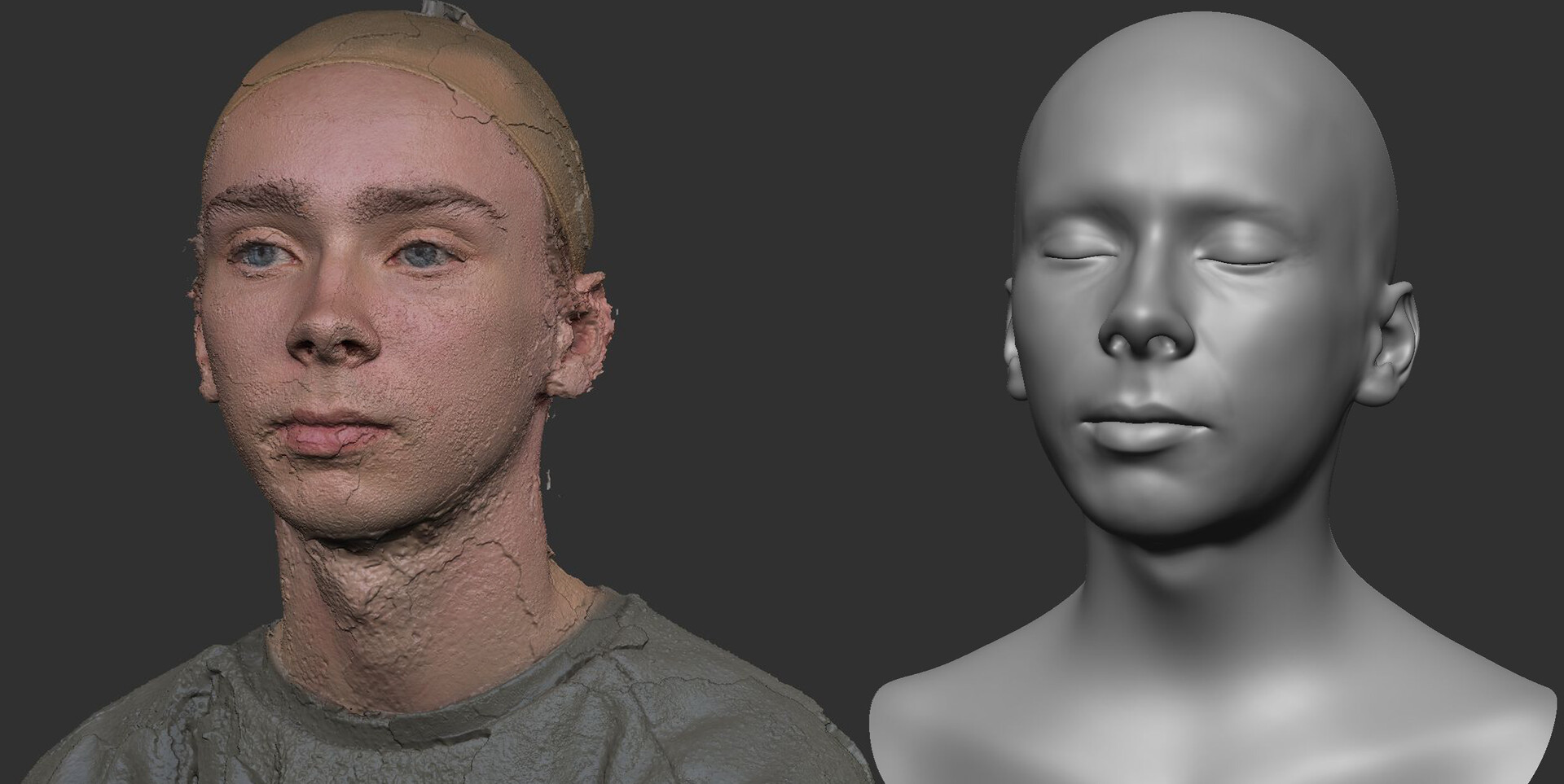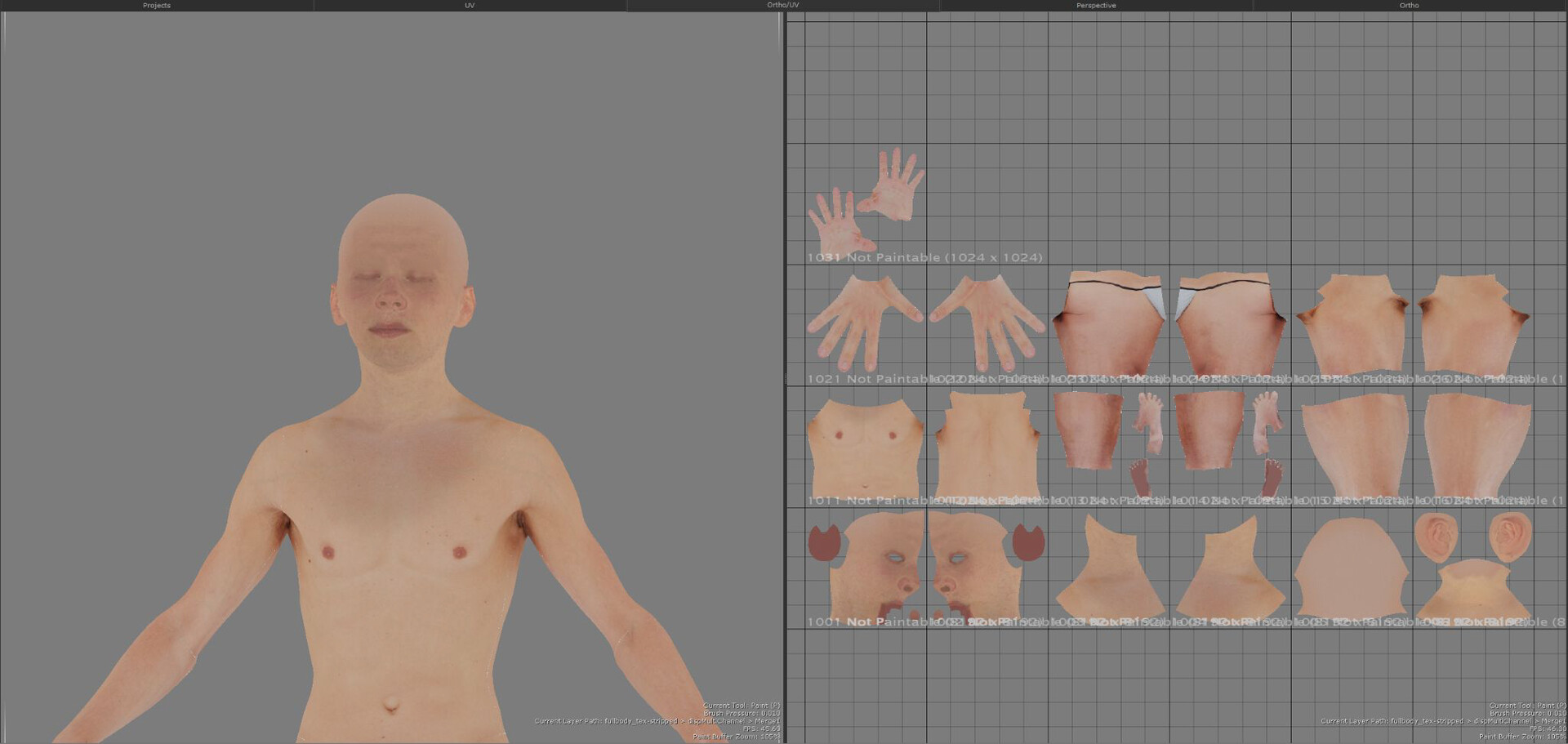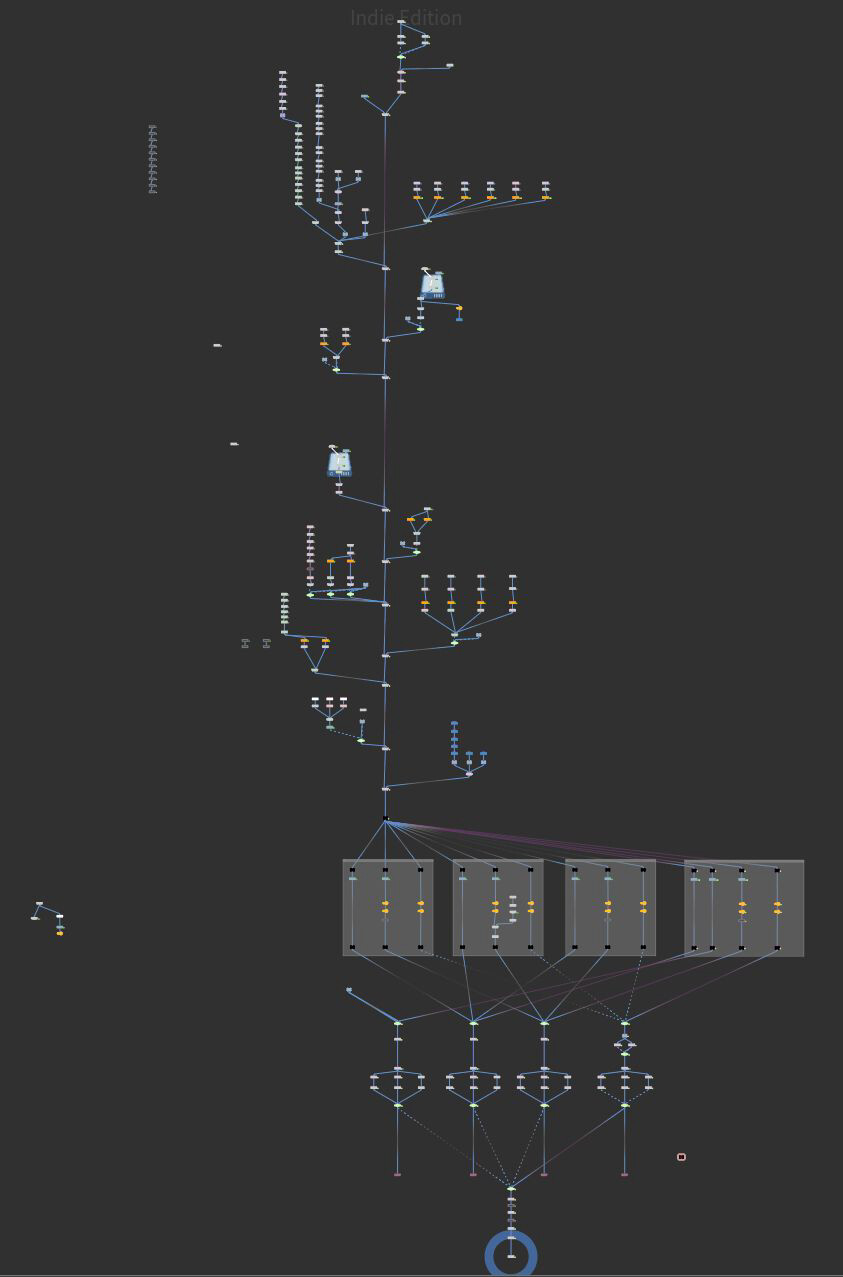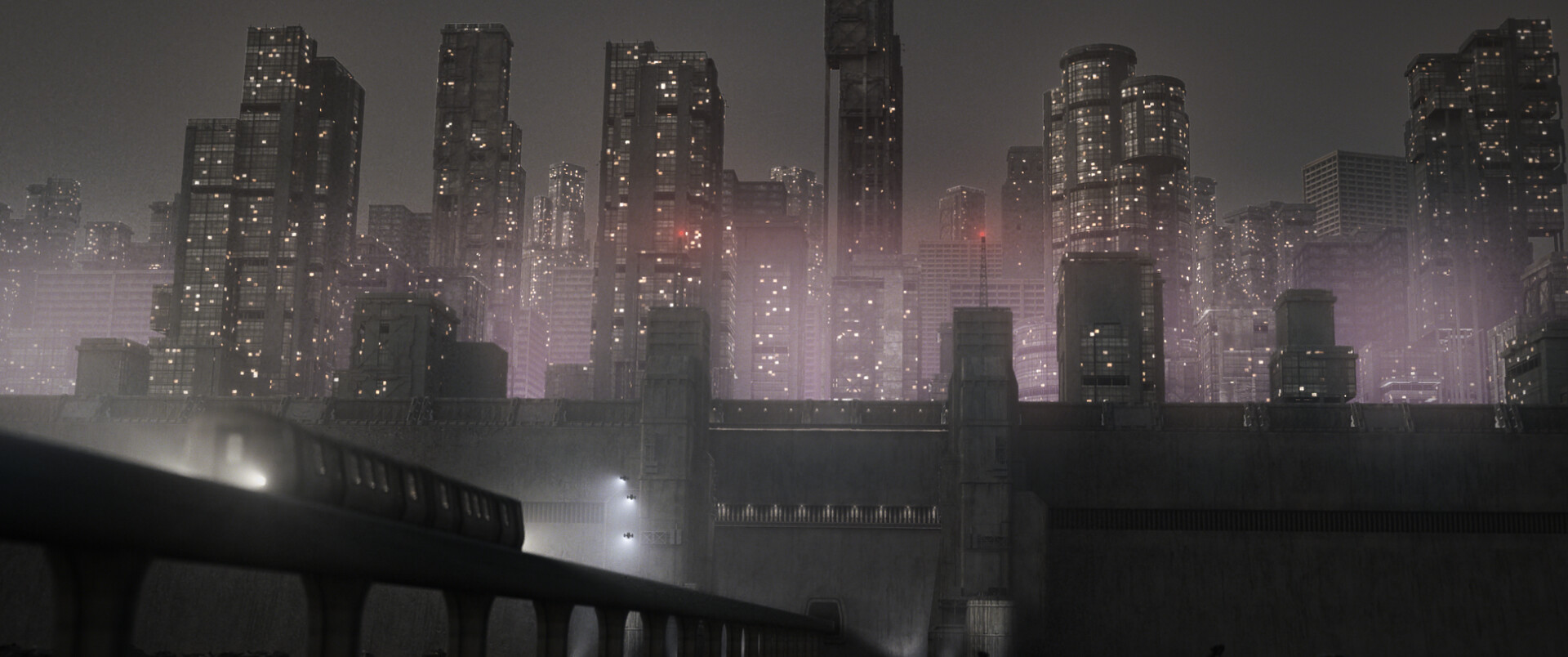Changed Reality | 2023
Description
Changed Reality started as a project for my application to the ‘Nederlandse Filmacademie’, specifically for the bachelor film in VFX. In this project I wanted to get familiar with Houdini’s Solaris USD toolset with Arnold for rendering.
Digidouble
In this project, I’ve leveraged a 3D scan I previously created of myself, originally created for an earlier project. To make this, I let someone take a bunch of photos around my head and processed it in Reality Capture to capture intricate details and create a highly accurate digital representation of my head. This time, I revisited the 3D model to refine and enhance certain aspects.
Geometry
I began by importing the scan into Metahuman’s new Mesh to Metahuman tool. This powerful feature enabled me to convert the raw scan data into a fully rigged 3D character model. The tool efficiently generated a detailed body with a comprehensive facial rig, providing a robust starting point for further customization.
The Mesh to Metahuman tool streamlined the character creation process, automatically adapting the scanned mesh to fit Metahuman’s advanced rigging system. This integration allowed for seamless animation and precise control over facial expressions and body movements, essential for achieving realistic and lifelike performances.
With the foundational body and facial rig in place, I was able to focus on refining the character’s features and enhancing the model’s overall appearance. This involved adjusting proportions, fine-tuning facial details, and ensuring that the rig responded accurately to various animations. The result was a highly detailed and expressive character, ready for integration into my project and capable of delivering dynamic and engaging performances.
Textures
For texturing, I started by taking a VFace head and wrapping it around my character. From there, I imported the model into Mari and projected the albedo, utility, and displacement textures onto it. This approach provided a solid foundation for the texturing process, ensuring precise and high-quality displacement. Using Mari’s advanced projection tools, I was able to achieve a level of detail and realism that significantly enhanced the visual fidelity of my character. This method not only saved time but also allowed me to focus on refining the textures further, adding nuanced details, and ensuring a cohesive and lifelike appearance.
usd workflow
For this project, I aimed to explore the USD workflow in Houdini, specifically through the LOPs network, also known as Solaris. This is my final node graph for the entire scene. Solaris is a really powerful tool that made it incredibly easy to manage a multi-shot workflow, allowing for different lighting setups for each shot. In the end, everything was rendered in Arnold with multiple AOV passes, which facilitated additional work in the compositing stage. This compositing was accomplished using Fusion, where I could fine-tune the final visual output. The combination of these tools provided a seamless and efficient pipeline, enhancing both the technical and artistic quality of the project.
